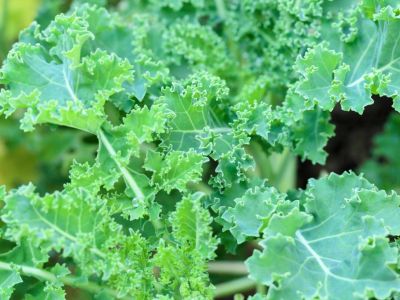How to Grow Kale in Zone 9
Nature has created kale to be a cool-weather plant and, so far, botanists haven’t created a truly heat-tolerant variety. This means that growing zone 9 kale plants requires strategy, and perhaps a little trial and error. For starters, plant kale in shade, and be sure to give it plenty of water during warm weather. Here are a few more helpful tips from zone 9 gardeners:
Plant kale seeds indoors in late winter, then transplant the seedlings into the garden in early spring. Enjoy the harvest until the weather gets too warm, then take a break and resume harvesting your kale when the weather is cooler in autumn. Succession plant kale seeds in small crops – maybe a batch every couple of weeks. Harvest the baby kale when the leaves are young, sweet, and tender – before they get tough and bitter. Plant kale in late summer or early autumn, then harvest the plant when the weather is cool the following spring.
Collards vs. Zone 9 Kale Plants
If you decide that growing hot weather kale is just too challenging, consider collard greens. Collards get a bad rap but, in reality, the two plants are closely related and, genetically, they are nearly identical. Nutritionally, kale is slightly higher in vitamin A, vitamin C, and iron, but collards have more fiber, protein, and calcium. Both are rich in antioxidants, and both are superstars when it comes to folate, potassium, magnesium, vitamin E, B2, and B6. The two are usually interchangeable in recipes. In fact, some people prefer the slightly milder flavor of collard greens.
